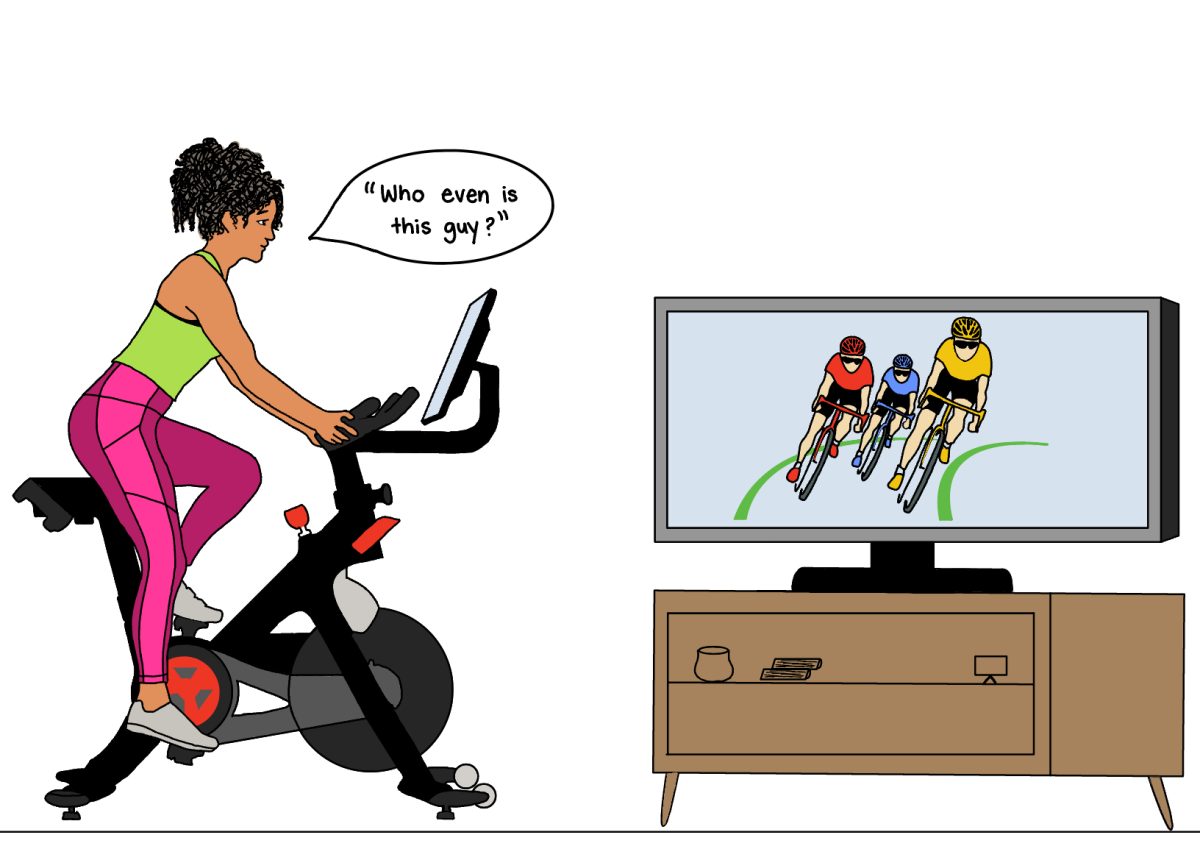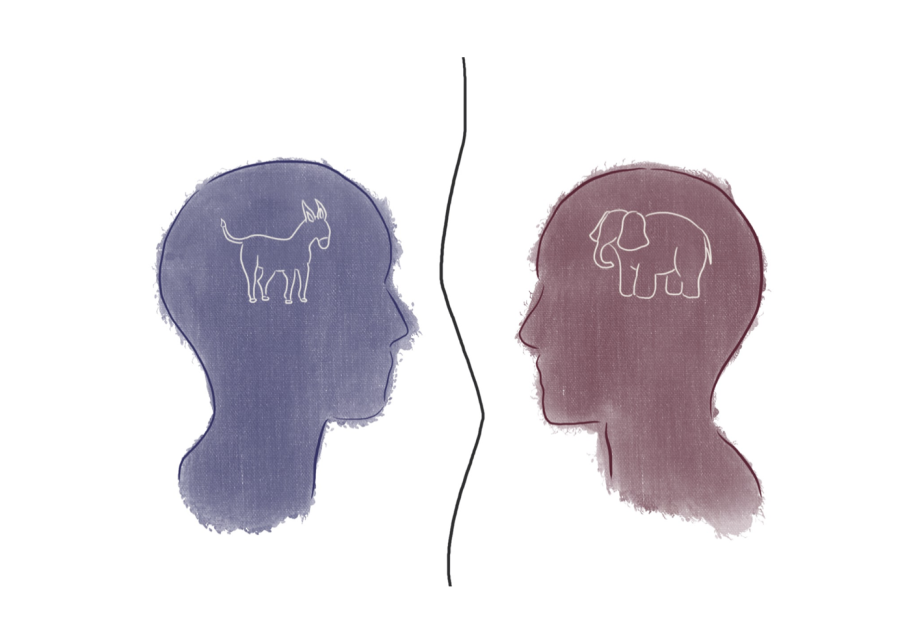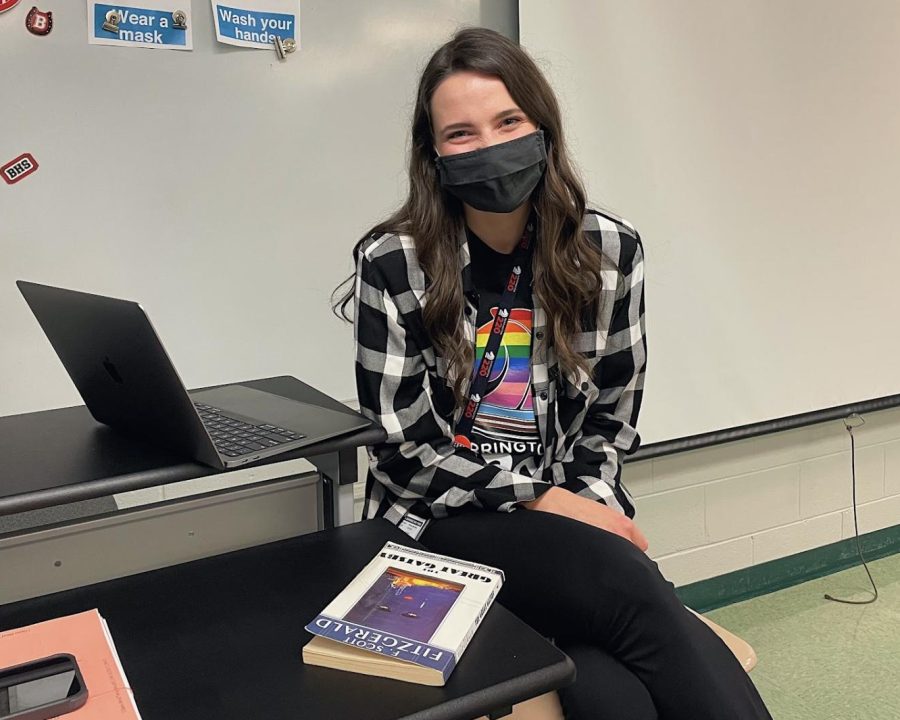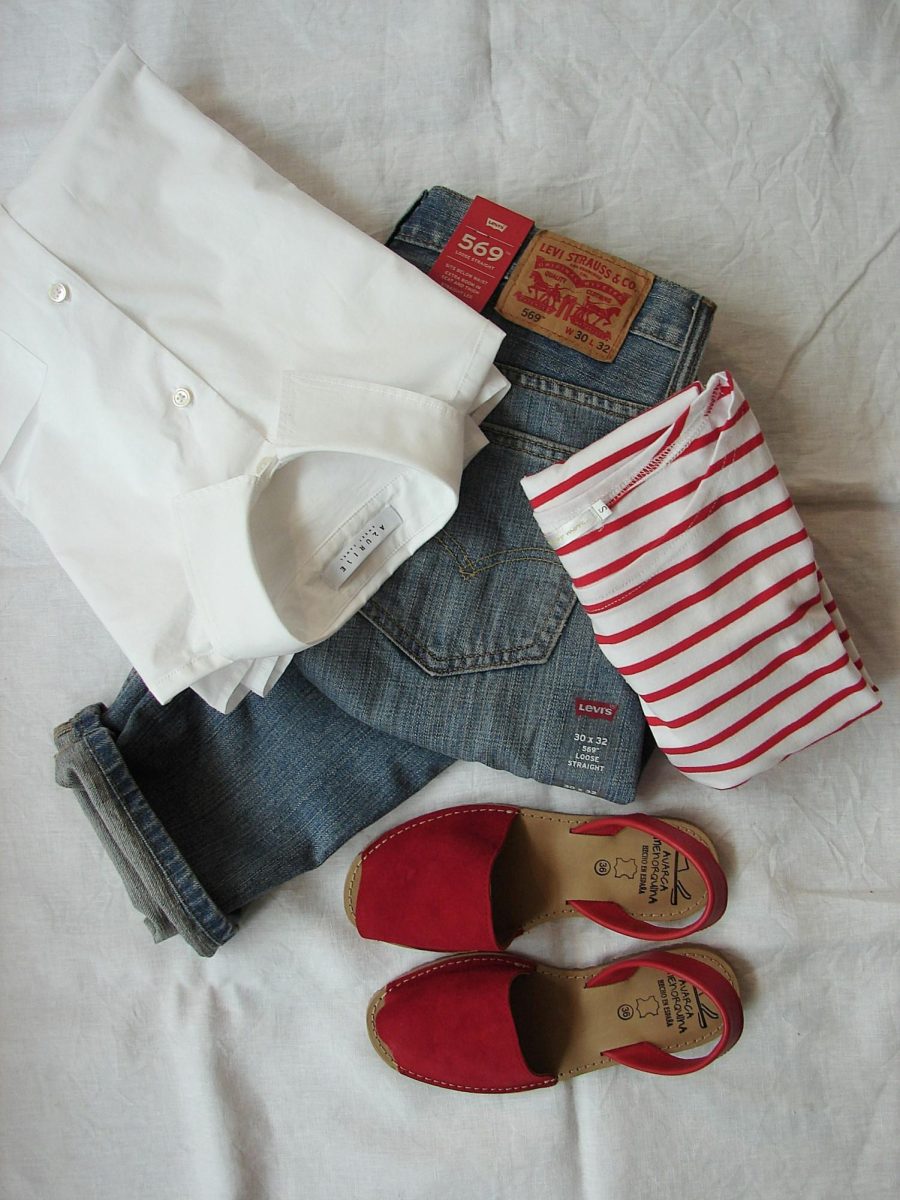Letter to the editors
Fast fashion plagues our current world- destroying our environment and exploiting communities around the world. That pair of jeans you see at American Eagle? They take about 1633 gallons of water to make. Not only does the fashion industry waste millions of gallons of water, it is also the 2nd largest polluter of clean water globally, and uses 8,000 different types of synthetic chemicals. Children and communities suffer as their labor is exploited to sew cheap clothing for retail stores in your local mall.
The dark secrets of the fast fashion world sparked the much-needed sustainable fashion movement.
The sustainable fashion movement works to better the impact of fashion on communities around the world and our environment. Brands like Patagonia and Boyish Jeans ensure their labor is fair and their fabrics/dyes aren’t polluting rivers and land. This should honestly be the requirement for fashion brands. Refraining from exploiting the Earth and people around the world cannot be optional for brands.
Critics of the sustainable fashion movement point to allegedly outrageous high prices. Why would someone buy a sustainable t-shirt for $50 when they could buy one for $5 off of Shein? The answer is quality and morals. The sustainable t-shirt is made without the exploitation of impoverished communities. Also, the sustainable t-shirt is made of materials such as organic cotton, TENCEL, hemp, which are far more durable than typical materials such as conventional cotton and polyester. This means the $50 t-shirt will last you a lot longer than the $5 one.
Actually, many sustainable fashion brands have comparable prices to popular fast fashion brands. For example, Girlfriend Collective, a sustainable athletic wear brand, retails leggings at $78. Lululemon, a fast-fashion brand, retails the same type of legging for $128. According to Good On You, an informational platform about the sustainability of fashion brands, Girlfriend Collective uses socially certified factories that treat workers fairly and uses a medium amount of eco-friendly fabrics and works to minimize textile waste. On the other hand, Lululemon does not ensure any labor rights in the factories it uses, and uses little to no eco-friendly materials. So, if you’re thinking of buying from Lululemon, consider shopping at a sustainable brand for equal quality and better prices.
Here’s where the movement becomes tricky. Lululemon brags about its sustainable efforts on its website, but the brand is quite far from being sustainable. Many brands commit greenwashing: they tell their customers they are a sustainable brand, but in reality they are far from one. For example, companies like Free People and Zara have made claims of sustainability but actually researching the company shows both of these brands use factories with a high risk of labor abuse. Greenwashing can make matters confusing for us- how are we supposed to know which brands are actually sustainable? Luckily platforms like the BHS Incubator startup Sustained Style give accurate information about the sustainability of fashion brands so you don’t have to spend your time researching in-depth.
One of the best parts about the sustainable fashion movement is that it is multifaceted. Thrifting is one of the most affordable ways to shop sustainably. By buying secondhand clothing, you are saving clothing from waste piles and discouraging the production of more fast fashion. Thrifting can take many forms, whether it’s stopping by at your local Goodwill or shopping online at Depop. Thrifting may not be ideal for finding your exact size and style, but it offers a variety of clothing at reasonable prices. “Thrift-flipping” or stitching and cropping clothing to fit you isn’t terribly complicated and allows you to work with more second hand items. If you have the option of choosing to shop at Urban Outfitters or Goodwill, try the latter first.
The sustainable fashion movement is still in its infancy. In order for it to be successful and sustainable long term, companies and governments need to make a collective effort to make sustainable clothing affordable and accessible. Until then, the sustainable fashion movement will not be able to set afoot into the majority of the world.
However, more and more people are realizing the importance of sustainable fashion in the world. We can no longer turn a blind eye to the destructive effects of fast fashion. It can be hard to suddenly transition to a new way of shopping for clothes, so it’s important to realize everyone is on their own journey in practicing sustainability. The next time you’re looking for clothes, try your best to remember the sustainable fashion movement and make the contribution you can.
Your donation will support the student journalists at Barrington High School! Your contribution will allow us to produce our publication and cover our annual website hosting costs.























































